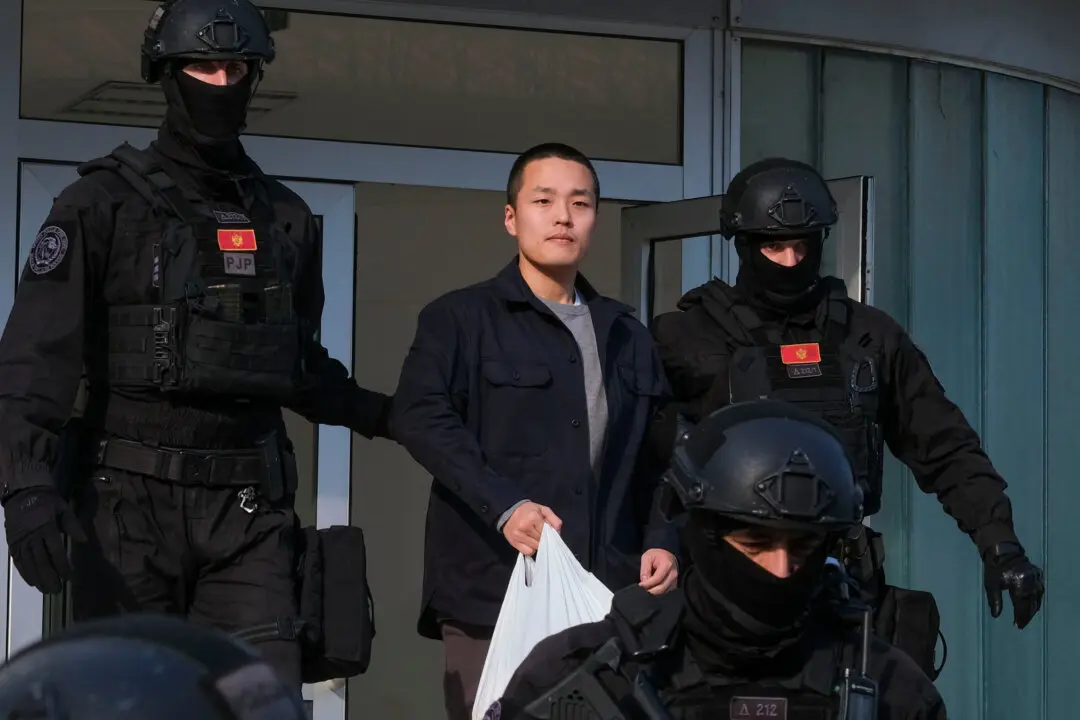SAN BERNARDINO, Calif.—Huddled beneath a desk, a bookshelf shoved against a locked office door, Regina Kuruppu held tightly to her co-workers’ hands and began to pray aloud, unable to drown out the terrifying cries coming from one story below. “Heavenly Father,” she said as her colleagues tried to offer words of comfort. “Watch over my family. Watch over us.”
When the fire alarm had sounded minutes earlier, Kuruppu was sitting at her desk on the second floor of Building 3 at the Inland Regional Center. A 19-year veteran of the organization that helps those with developmental disabilities such as autism and cerebral palsy, Kuruppu was wrapping up her pre-vacation emails, sending notes of thanks to the center’s supporters. By week’s end she would be off for the month and home doing what she loved: baking for the holidays and stringing Christmas lights outside her home.
The alarm, she thought, was just a drill—until she got downstairs and saw two bodies in a pool of blood by the door of the auditorium, the victims’ eyes open and unblinking.
She didn’t stop to wonder what evil had come to the center that morning or why. Those questions would come later, for her and for a nation left grappling not only with another mass shooting, but another potential act of terrorism at home.
Barricaded back upstairs, Kuruppu could only pray for protection—even as she prepared to die. She thought of her son. She texted her sister. They exchanged their “I love yous.” A woman of strong faith, Kuruppu tried to hold fast to hope. But she kept seeing the unseeing eyes downstairs.
“I’m going to leave this world,” she thought, believing this December day just might be her last.
___
Down the street from a Sizzler, around the corner from an IHOP, the Inland Regional Center sits in a nondescript office complex in the middle of Anytown, USA. For San Bernardino—a hardscrabble city that has been crippled by economic woes, whose citizens have grown used to adversity—the facility has always been both a reliable employer for some 600 area residents and a haven for the tens of thousands of vulnerable clients it serves.
December is always an especially busy month at the center’s popular auditorium space on the first floor of Building 3, and Kuruppu’s co-workers had spent the day Monday decking out the room for upcoming festivities. A tree wrapped with red ribbon sat off to one side. Ornaments hung from the ceiling. Long banquet tables were adorned with red cloths.
The center’s annual holiday party for clients was Tuesday afternoon, and a winter dance complete with ugly sweater contest was scheduled three days later. In between, as so often happens, the auditorium had been rented to an outside client: The county’s Division of Environmental Health Services had scheduled a training session and holiday luncheon for as many as 90 employees on Wednesday.
Food inspector Chris Nwadike arrived at the auditorium that morning looking forward to time away from the daily grind of the Health Department, where he'd worked some 25 years. Doughnuts, tamales and some downtime with co-workers awaited at an event that always mixed business with pleasure.





